Four Seasons Cycle Vibrant Circular Depiction
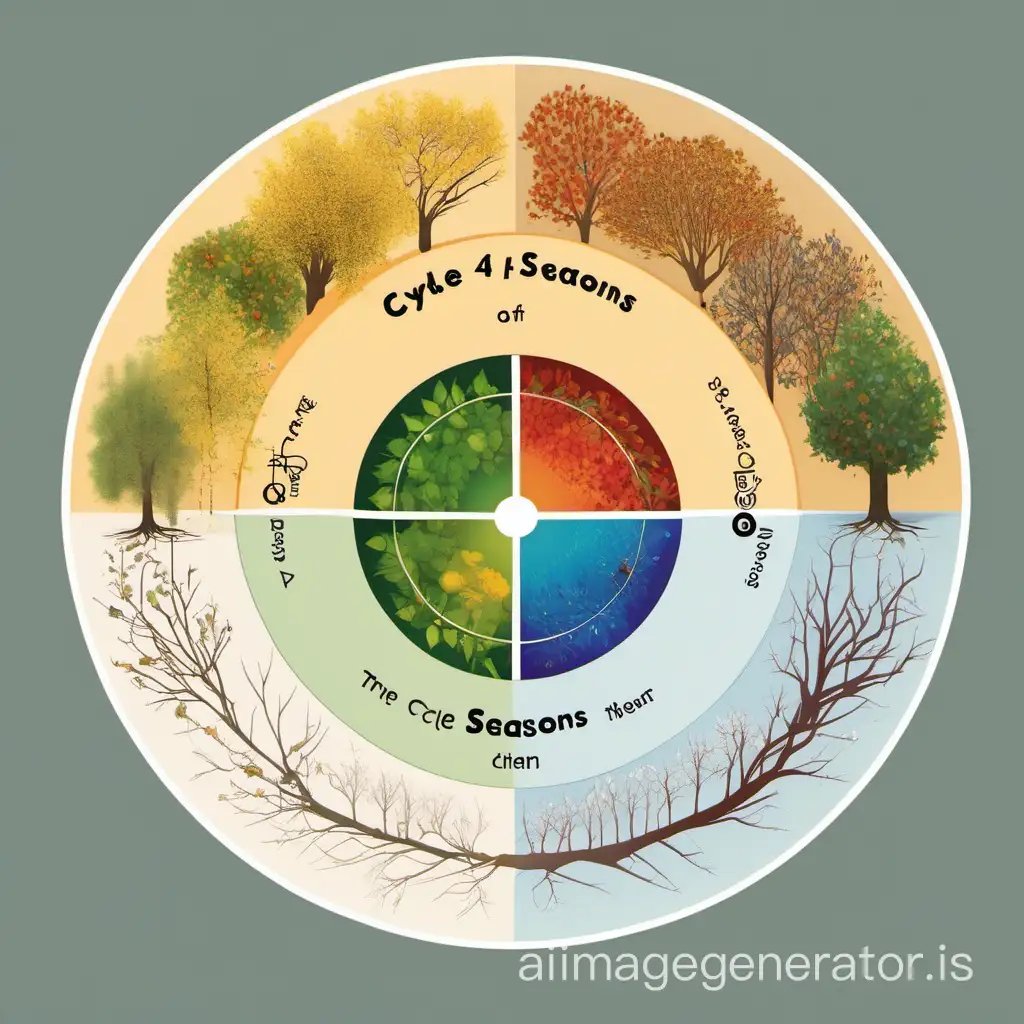
Image Prompt
Prompt
a circle that shows the cicle of the 4 seasons
Model: normal
Ratio: 1:1
Related AI Images

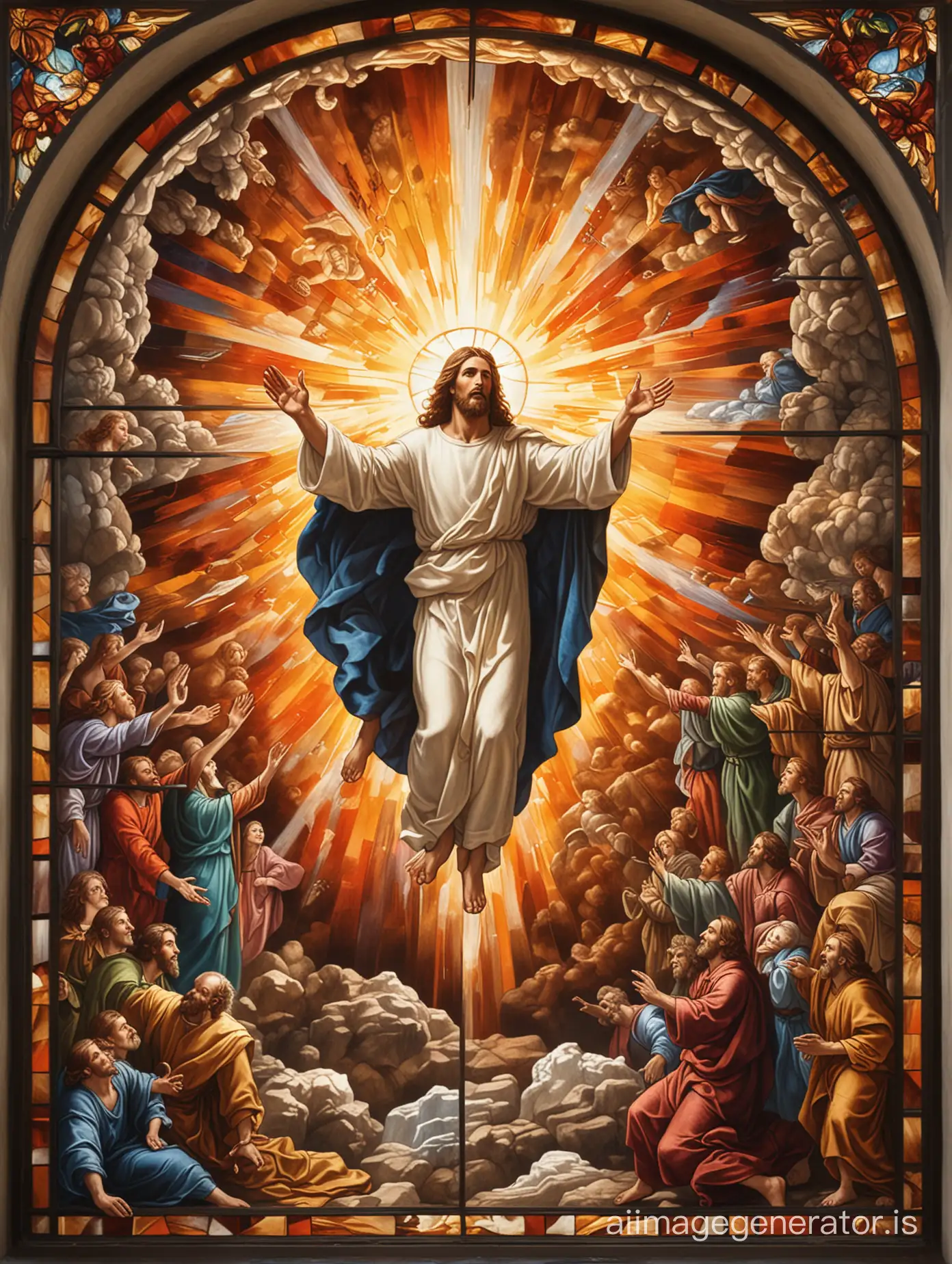
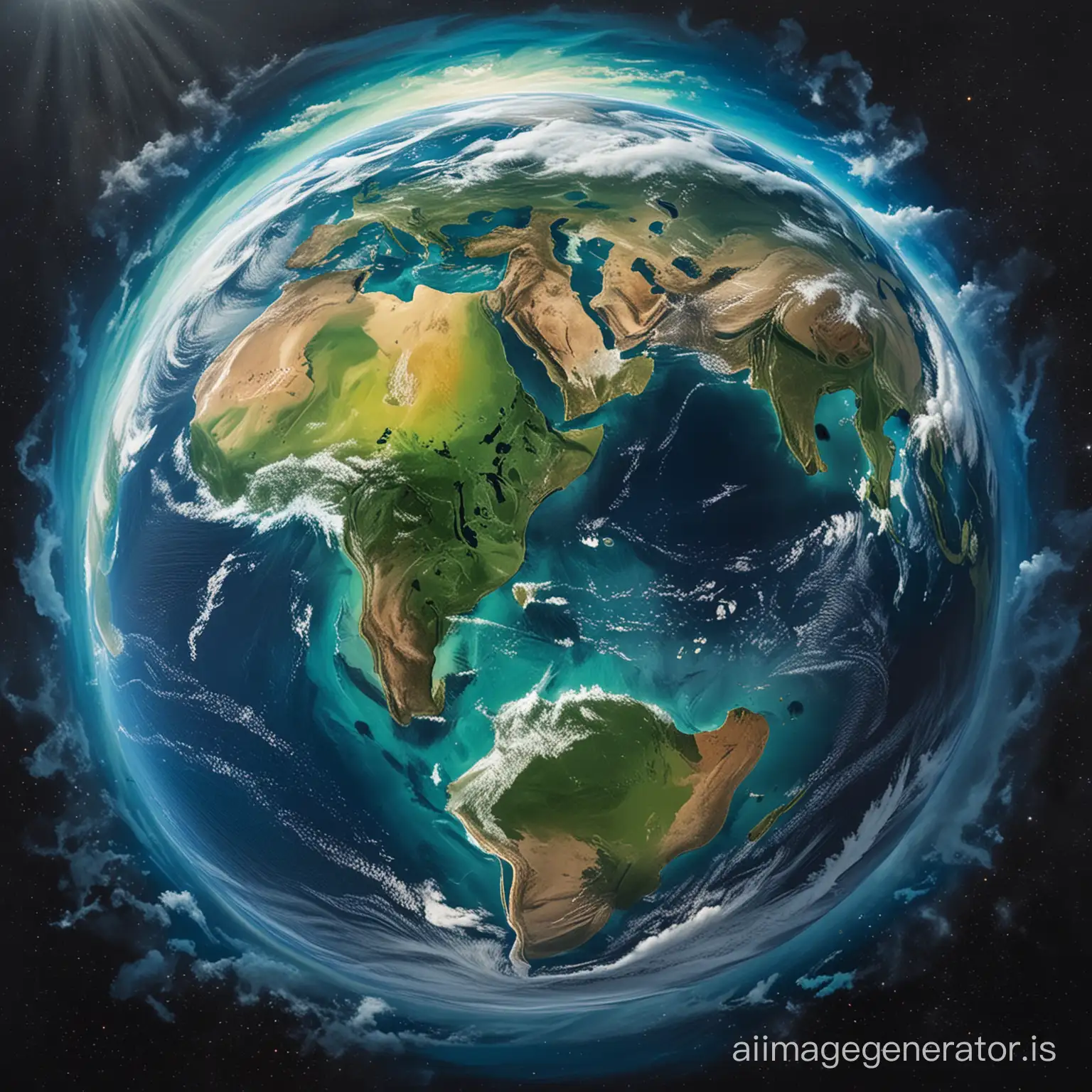
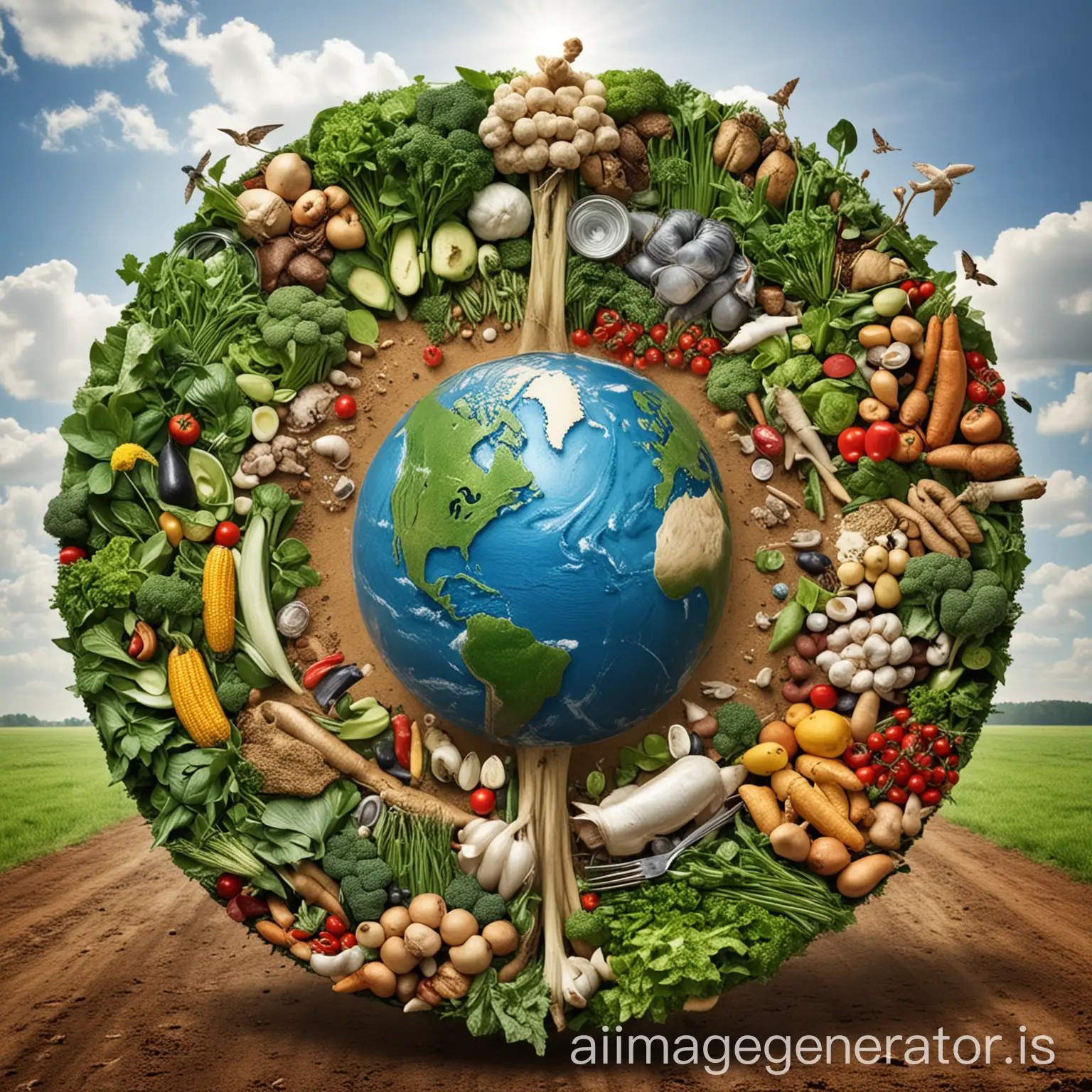


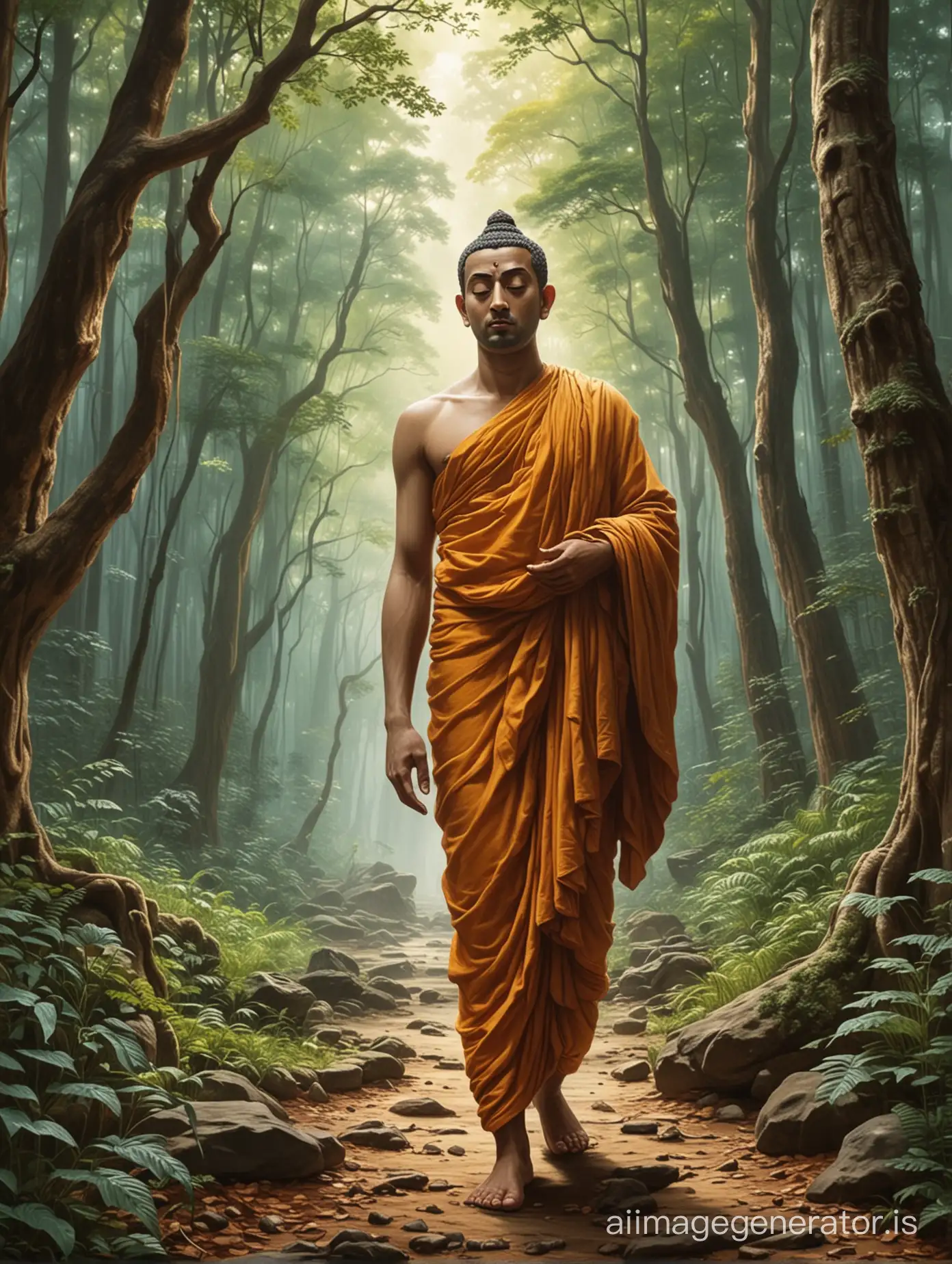

Related Tags
Prompt Analyze
- Subject: The primary subject of the image is a circular representation depicting the cycle of the four seasons—spring, summer, autumn, and winter. Each section of the circle likely showcases distinct elements or characteristics associated with the respective seasons, such as blooming flowers for spring, lush greenery for summer, falling leaves for autumn, and snow-covered landscapes for winter. This central motif serves as the focal point of the artwork, drawing the viewer's attention to the cyclical nature of seasonal changes. Setting: The setting of the image could vary depending on the artistic interpretation, but it likely portrays a cohesive and harmonious transition between the four seasons. The background might feature a seamless landscape, seamlessly transitioning from one season to another, reinforcing the cyclical theme. The colors and lighting may also shift gradually to reflect the changing moods and atmospheres associated with each season. Style/Coloring: The style of the artwork could range from realistic to abstract, with vibrant colors and dynamic compositions to evoke the essence of each season. Artists may employ techniques like blending, shading, and layering to create a visually striking representation of the seasonal cycle. The coloring is expected to be rich and varied, with each season distinguished by its characteristic hues, such as pastel tones for spring, bright shades for summer, warm earthy tones for autumn, and cool blues and whites for winter. Action or Items: While the primary focus is on depicting the cycle of the four seasons, the image may also include supplementary elements to enhance visual interest and storytelling. These could include seasonal symbols like flowers, leaves, fruits, and weather-related elements such as rain, sunshine, snow, and wind. Additionally, the image might feature subtle transitions between seasons, such as budding flowers turning into ripe fruits or falling leaves transforming into snowflakes. Costume or Appearance: Since the prompt describes a circular representation rather than specific characters, there are no costumes or appearances to consider in the traditional sense. However, artists may choose to personify the seasons by imbuing each section of the circle with unique visual attributes or anthropomorphic characteristics. For example, spring could be depicted as a youthful figure adorned with blossoms, while winter might be portrayed as a stoic figure draped in snow. Accessories: Accessories in this context refer to supplementary elements that complement the seasonal theme and enhance the overall composition. These could include decorative motifs like vines, branches, birds, animals, or celestial bodies such as the sun, moon, and stars. These accessories help to reinforce the seasonal narrative and add depth to the artwork's visual storytelling.